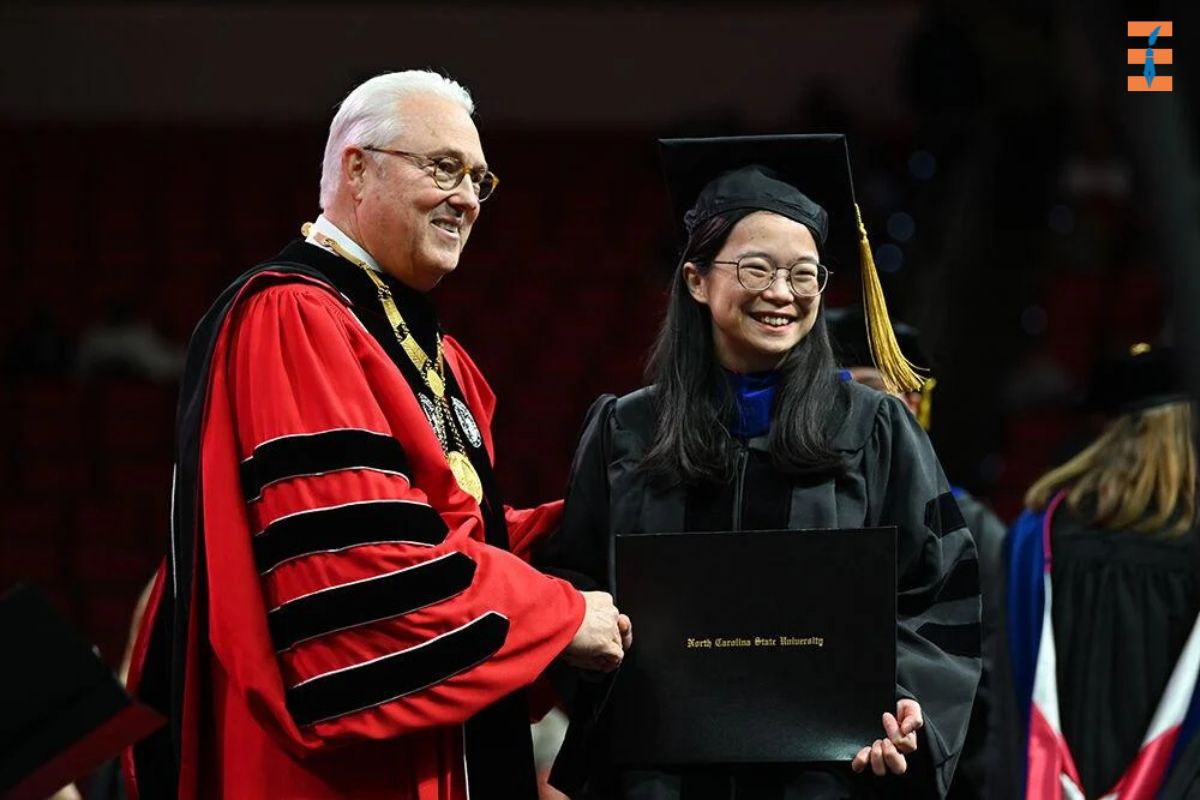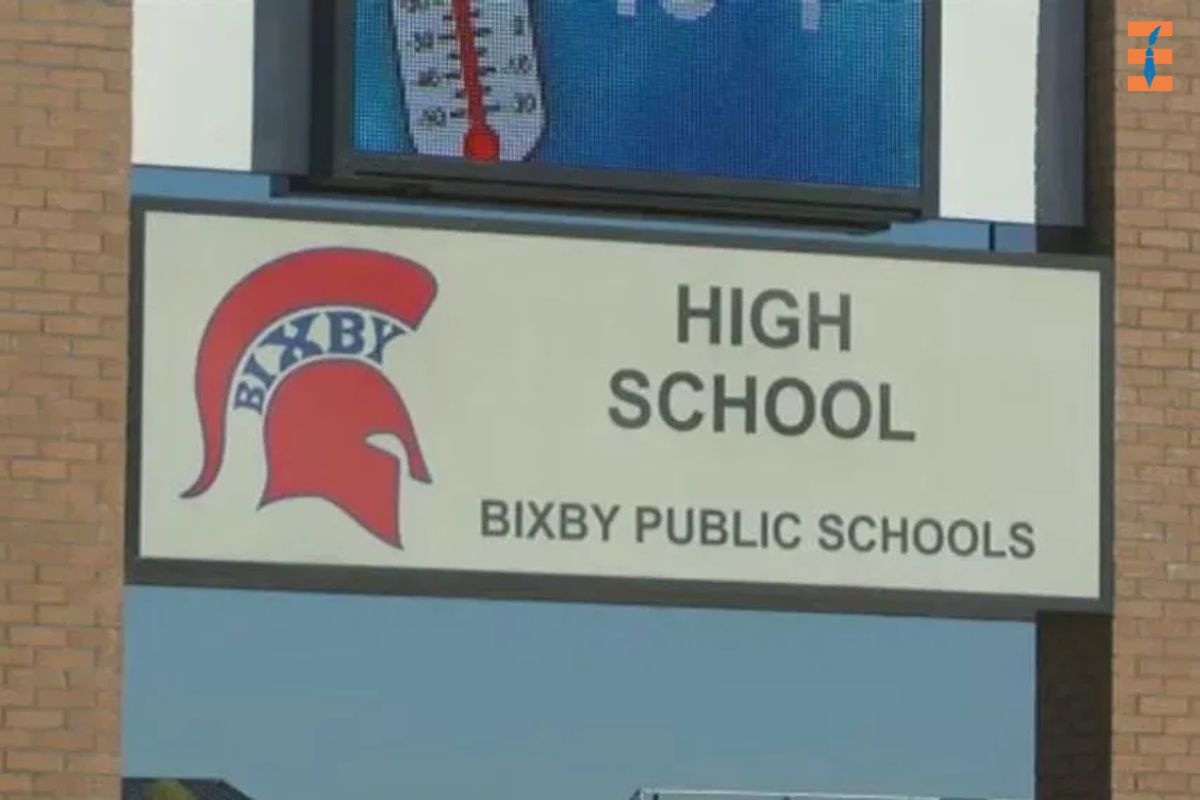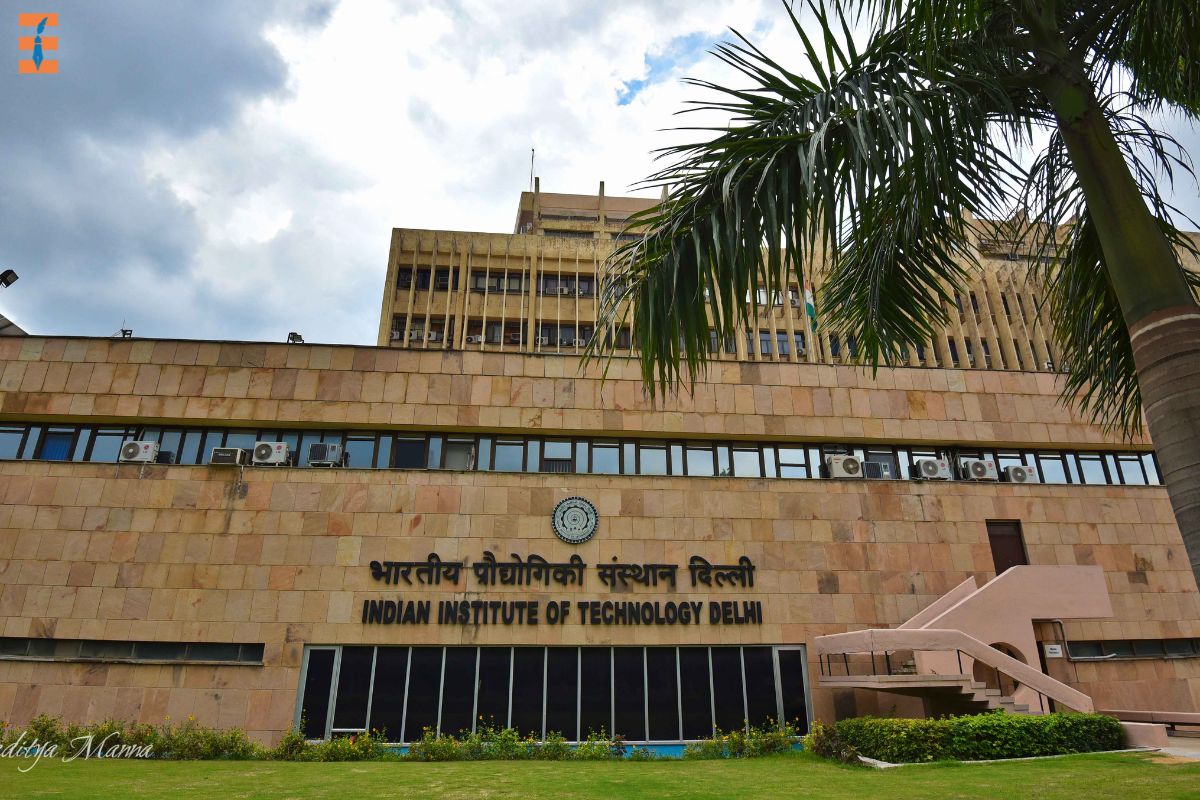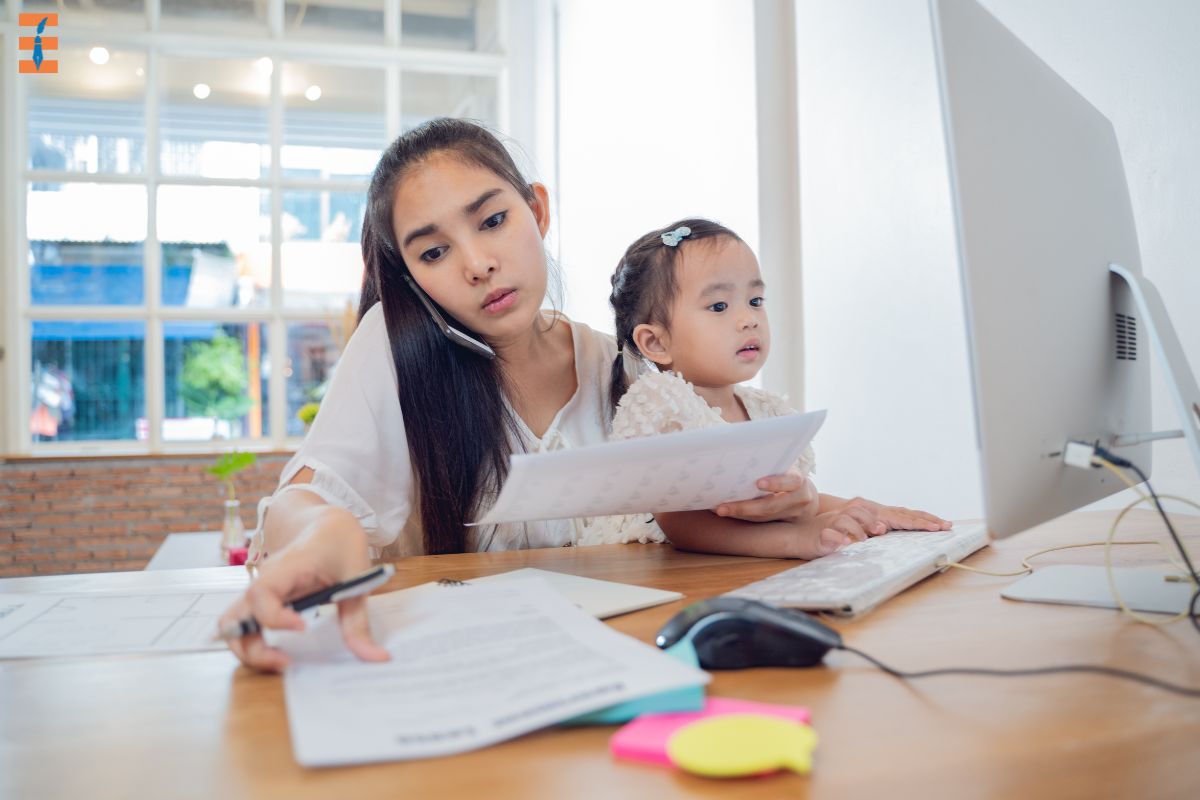Tackling the achievement gap, and an enduring imbalance in academic success among diverse student groups is a formidable task crucial for achieving equitable education. It’s not just a moral imperative but a key factor in constructing a society that is both inclusive and thriving. Within the confines of this expansive piece, we embark on a journey to uncover ten tried-and-true strategies designed to shrink this academic divide and cultivate a landscape of educational fairness.
This exploration isn’t just about strategies; it’s a narrative of bridging divides and sculpting a scholastic realm where every learner, regardless of background, has a chance to flourish. As we delve into these innovative approaches, we navigate the intricate tapestry of education, weaving threads of inclusivity and equal opportunity. The pursuit of closing the achievement gap is more than a mission; it’s an odyssey toward a future where every student’s potential is not just recognized but magnified.
Here are 10 strategies to close the achievement gap in education:
1. Early Childhood Education Initiatives

Access to quality early childhood education is foundational to narrowing the achievement gap. Initiatives that focus on providing enriching learning experiences for all children, irrespective of socioeconomic background, play a crucial role. By investing in early education, educational institutions can level the playing field, ensuring that every child has a strong start and is better equipped for academic success.
2. Targeted Support for At-Risk Students
Identifying and providing targeted support to at-risk students is a pivotal strategy in closing the achievement gap. This involves implementing interventions such as personalized tutoring, mentoring programs, and additional resources for students facing socioeconomic challenges. Tailored support acknowledges the unique needs of these students, creating pathways for success and mitigating the impact of external factors on academic performance.
3. Professional Development for Educators
Empowering educators with the skills and knowledge to address diverse learning needs is essential. Professional development programs focusing on cultural competence, differentiated instruction, and understanding the socio-economic factors influencing student performance can equip teachers to create inclusive and effective learning environments. A well-prepared teaching force is better positioned to navigate the complexities of diverse classrooms and support every student on their academic journey.
4. Robust Data Collection and Analysis

Data-driven decision-making is a powerful tool in closing the achievement gap. Educational institutions must invest in robust data collection systems to monitor and analyze student performance comprehensively. By leveraging data, educators can identify patterns, pinpoint areas where certain groups of students may be struggling, and implement informed interventions to address challenges proactively.
5. Community Involvement and Engagement
Building strong partnerships between schools and communities is vital for creating a supportive educational ecosystem. Engaging parents, community leaders, and local organizations in the educational process fosters a sense of collective responsibility. By involving the broader community, educational institutions can access additional resources and support networks that contribute to the holistic development of students.
6. Flexible Learning Models
Recognizing and accommodating diverse learning styles is key to closing the achievement gap. Implementing flexible learning models, such as project-based learning, personalized learning plans, and alternative assessment methods, allows educators to adapt to individual student needs. These approaches provide students with varied pathways to success, catering to different strengths and preferences.
7. Investment in Technological Infrastructure

In the digital age, access to technology is a critical factor in educational success. Ensuring that all students have equitable access to technological resources, both in and outside the classroom, is essential. This includes providing devices, internet connectivity, and educational software. Technology can enhance learning experiences, facilitate personalized instruction, and bridge the gap between students with varying levels of access to educational resources.
8. Culturally Responsive Curriculum
Integrating a culturally responsive curriculum is essential for engaging students from diverse backgrounds. The curriculum should reflect the cultural diversity of the student body, providing content that is relatable and meaningful. By incorporating diverse perspectives and experiences, educational institutions can create an inclusive learning environment that validates and respects the identities of all students.
9. Extended Learning Opportunities
Offering extended learning opportunities beyond the traditional school day can significantly impact the achievement gap. Programs such as after-school activities, tutoring sessions, and summer enrichment programs provide additional support and exposure to educational experiences. These opportunities help level the playing field by ensuring that all students have access to resources that enhance their academic skills and knowledge.
10. Policy Advocacy for Equity
Advocacy for policy changes that promote equity in education is fundamental to closing the achievement gap. Policymakers must address systemic issues, including funding disparities, teacher quality, and access to advanced coursework. Advocacy efforts should focus on creating policies that dismantle barriers to educational success, ensuring that every student, regardless of background, has an equal opportunity to thrive academically.
Conclusion
To bridge the achievement gap, a collective and persistent commitment is essential, involving educators, policymakers, and communities alike. Through the incorporation of these ten strategies, educational institutions can embark on a transformative journey, fostering an environment that thrives on inclusivity and equity. The quest for educational parity is an evolving narrative, and with the continued refinement and application of these impactful strategies, we inch nearer to a future where every student stands on the brink of unlocking their boundless potential. It’s not just a pursuit; it’s a shared odyssey toward a world where learning knows no bounds.










